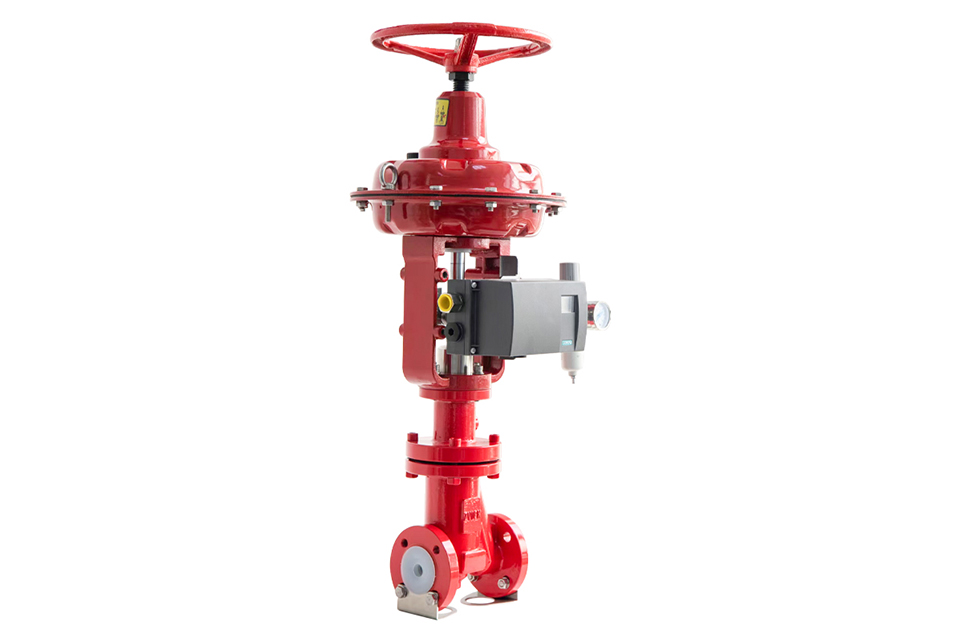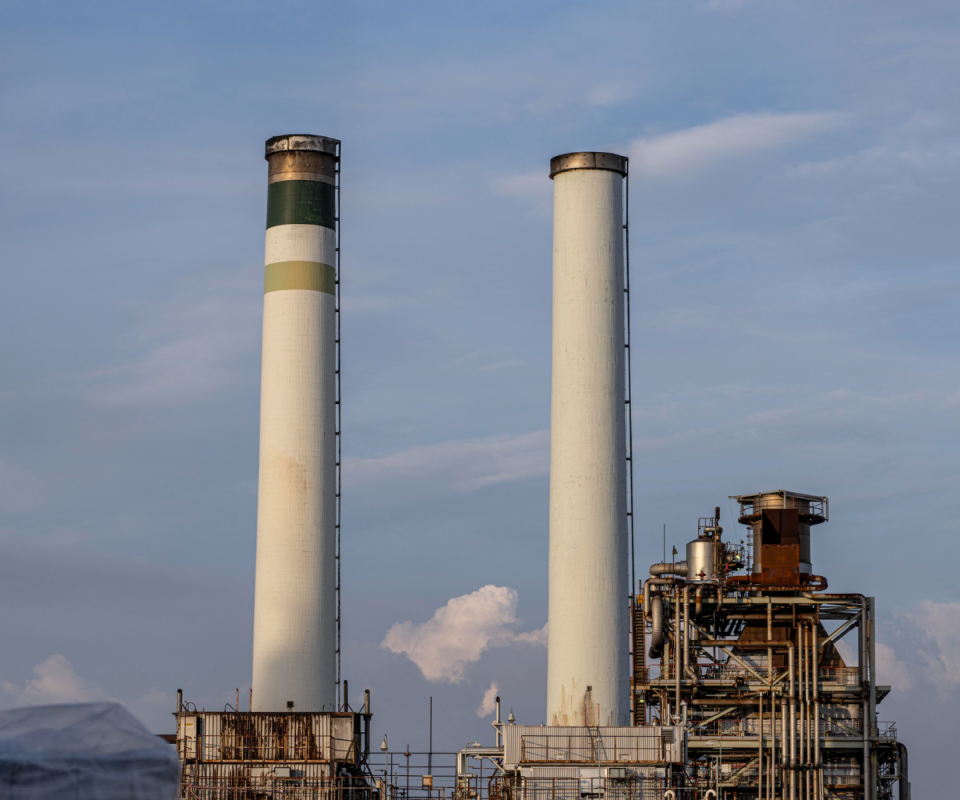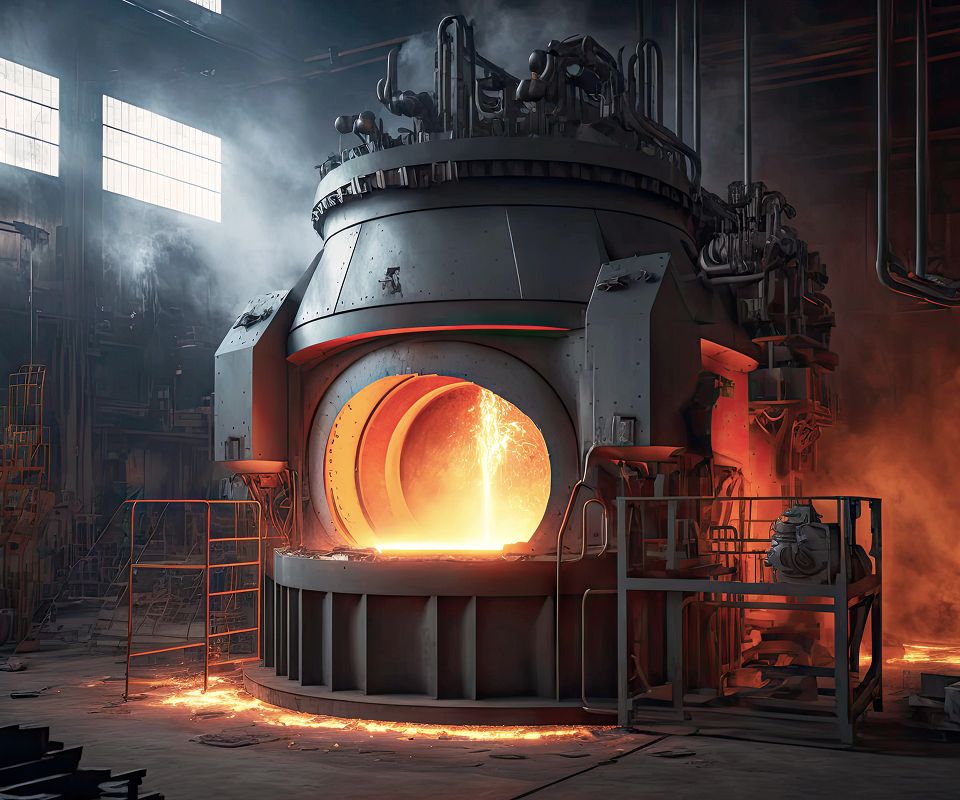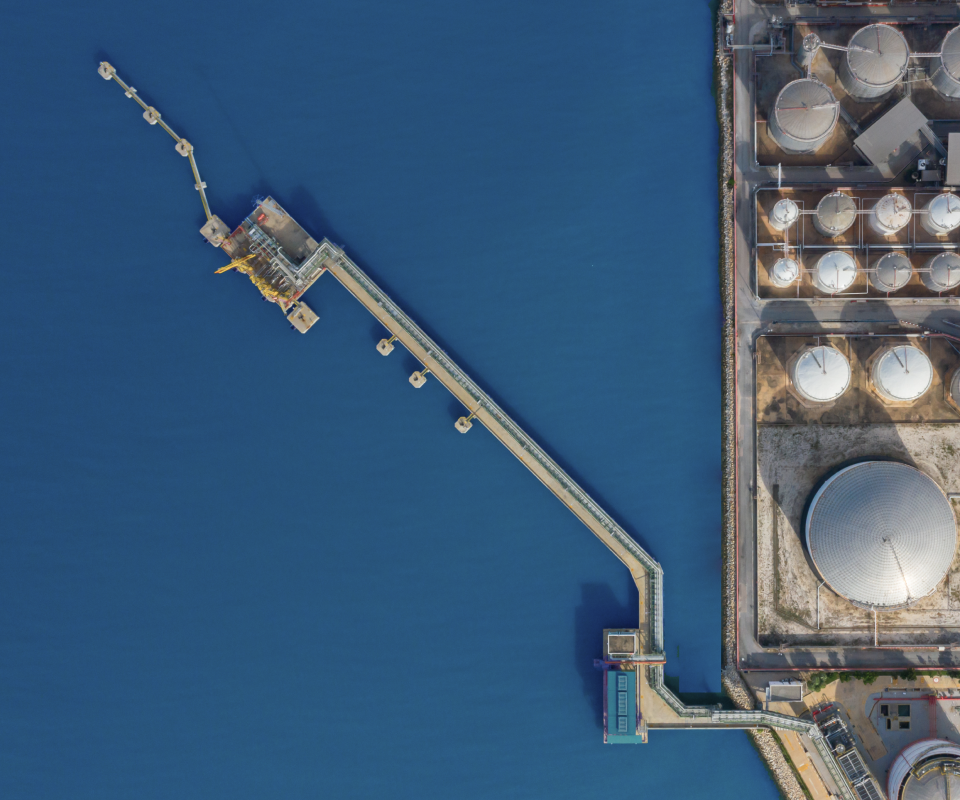The inner cavity of the valve body, valve core, valve seat and valve stem are all coated with 3mm thick perfluoroethylene-propylene copolymer (FEP for short), which can resist corrosion from all chemical media (including concentrated sulfuric acid, strong alkali and aqua regia). It uses a double seal of polytetrafluoroethylene bellows and packing; once the bellows is damaged, the control valve packing can act as a second protective seal. It has the characteristics of compact structure, small volume, light weight, good corrosion resistance, good sealing performance, accurate flow characteristics and convenient maintenance. Equipped with a multi-spring actuator or an electric actuator, it can be used in harsh working conditions. It is especially suitable for working occasions where the allowable leakage is small and the pressure difference between the front and rear of the valve is not large.
Meisonilan pneumatic intelligent fluorine-plastic-lined single-seat control valve is equipped with a multi-spring high-strength actuator and an intelligent valve positioner; Meisonilan electric intelligent fluorine-plastic-lined single-seat control valve is equipped with an intelligent electric actuator.
The multi-spring high-strength actuator adopts a modular design, which allows for convenient on-site replacement of positive and reverse action forms, and can effectively provide anti-corrosion protection for the springs, thereby extending the service life of the actuator and facilitating the user's operation. The matching of the actuator with the intelligent electro-pneumatic valve positioner adopts a design without pipeline connection, which improves the anti-vibration performance, operational stability and regulation accuracy of the control valve, meeting the requirements for precise regulation of working conditions.
- This series of products includes standard type, bellows-sealed type and other models.
- The nominal pressure ratings of the products are PN (MPa) 1.0, 1.6 (150lb);
- The valve body caliber range is DN (mm) 15~250 (1/2”~10”);
- It is applicable to fluid temperatures in the range of -40~+200℃;
- The leakage rate standards include Class Ⅳ, Class Ⅴ and Class Ⅵ;
- The flow characteristics are linear and equal percentage.
- A variety of varieties and specifications are available for selection.
(1) Before installation, check that the product model, tag number, and specifications match the requirements. Inspect the entire valve for missing or loose parts.
(2) Prior to installation, clean the pipeline. Ensure there is sufficient straight pipe section at the valve inlet and install a filter. When connecting the valve body to the pipeline flanges, ensure coaxiality.
(3) Thoroughly clean the pipeline before installing the valve.
(4) The installation site should ensure the safety of personnel and equipment, facilitating operation, disassembly, and maintenance.
(5) The valve should be installed vertically upright on horizontal pipelines. If necessary, it can be installed at an angle, but horizontal installation should be avoided. For occasions with heavy valve weight or vibration, use a support frame.
(6) The medium flow direction must align with the arrow on the valve body. The air supply should be dry and oil-free. The valve should be used in environments with temperatures ranging from -20℃ to 55℃.
(1) Cleaning the Valve: For general media, cleaning with water is sufficient. For media harmful to health, first understand their properties and then select an appropriate cleaning method.
(2) Disassembly: Remove rust from exposed rusted parts first. Before derusting, protect the machined surfaces of precision parts such as the valve seat, valve plug, valve stem, and push rod. Use special tools when disassembling the valve seat.
(3) Valve Seat: Minor rust or wear on the sealing surface can be repaired by machining. If damage is severe, replace the seat. However, both repaired and replaced hard sealing surfaces must be lapped.
(4) Valve Stem: If the surface is damaged, it must be replaced.
(5) Damage to Push Rod, Guide, and Sealing Surfaces: Reverse-acting actuators must be replaced; direct-acting actuators can be reused after proper repair.
(6) Compression Spring: If there are cracks or other defects affecting strength, replace it immediately.
(7) Wear Parts: Packing, gaskets, and O-rings must be replaced entirely during each maintenance. Check the valve plug and diaphragm for cracks, aging, or corrosion that may cause future failures. Decide whether to replace them based on inspection results, but the diaphragm service life should not exceed 2-3 years.
(8) When reassembling the valve, ensure alignment. Tighten bolts diagonally and lubricate sliding parts. After reassembly, debug the valve according to the factory test items and methods. During this period, accurately adjust the packing compression force and the valve plug closing position.
-
If the model has not been selected before ordering, please provide us with the operating parameters:
(1) Nominal diameter DN (mm);
(2) Nominal pressure (MPa or bar);
(3) Fluid properties (including medium temperature, viscosity, or acidity/alkalinity);
(4) Pressure before and after the valve (pressure differential);
(5) Requirements for flow characteristics;
(6) Materials of valve body and valve core;
(7) Connection type;
(8) Driving method (provide air supply pressure, driving voltage);
(9) Supporting accessories (for pneumatic valves, it is recommended that users install an air filter triplet and a 2-position 5-way solenoid valve);
(10) On-site working conditions. -
If the product model of our company has been selected by the design unit, please order directly from our production department according to the model;
-
When the application occasion is very important or the pipeline is relatively complex, please provide the design drawings and detailed parameters as much as possible, and our experts will review and check them for you.














